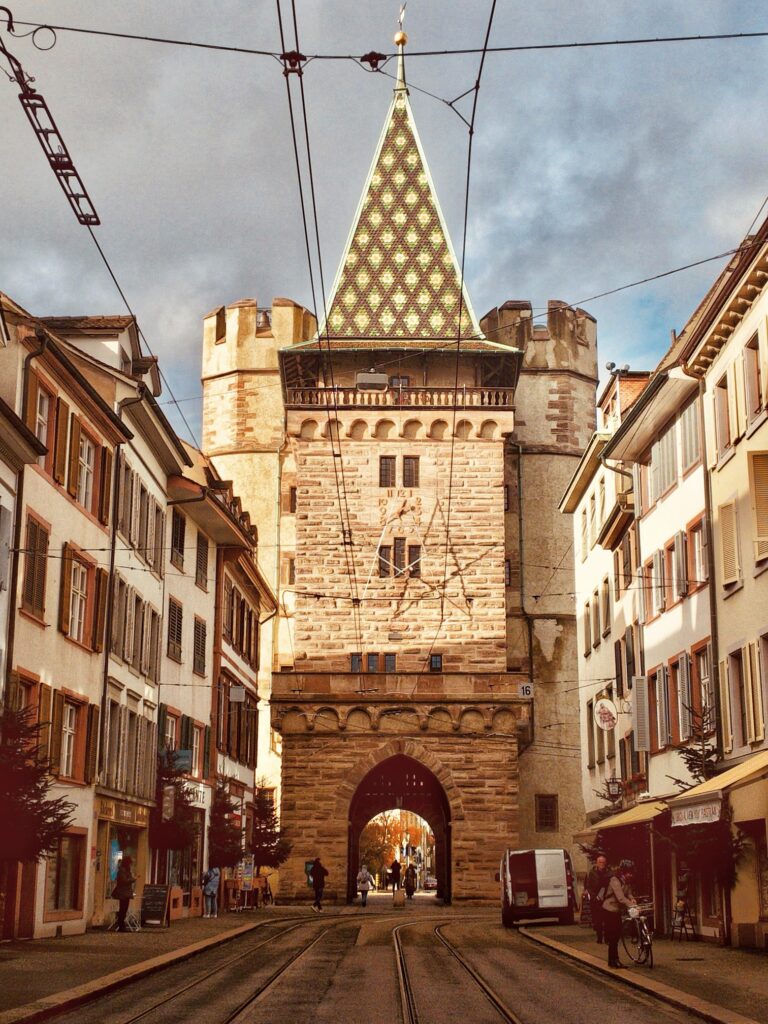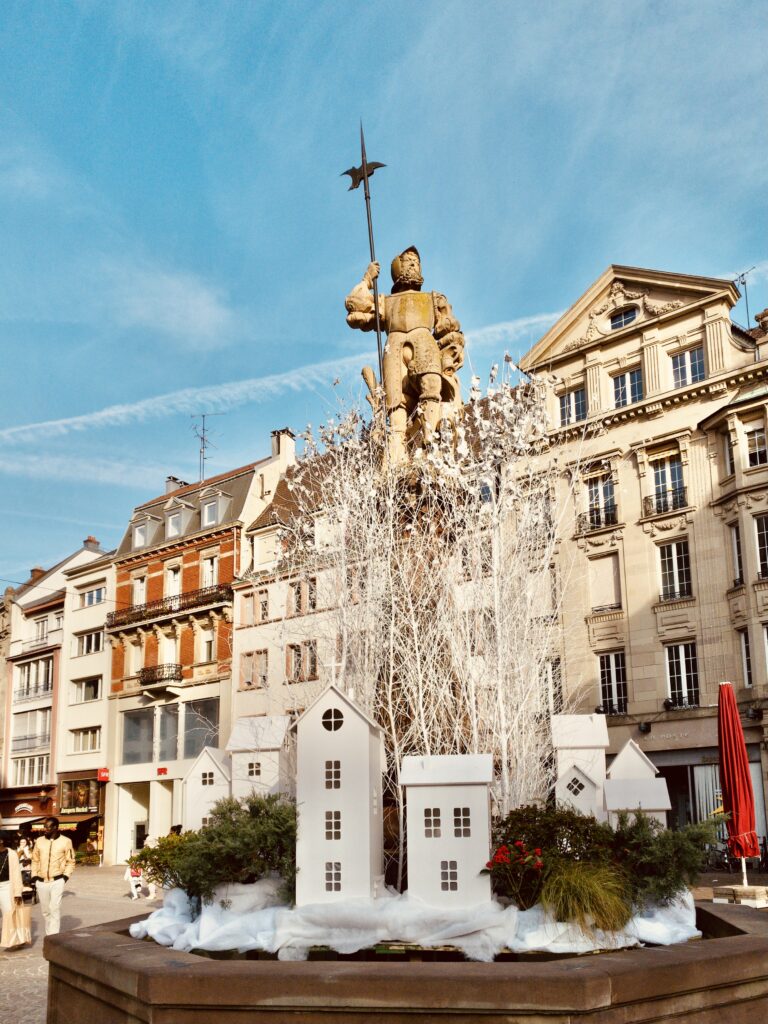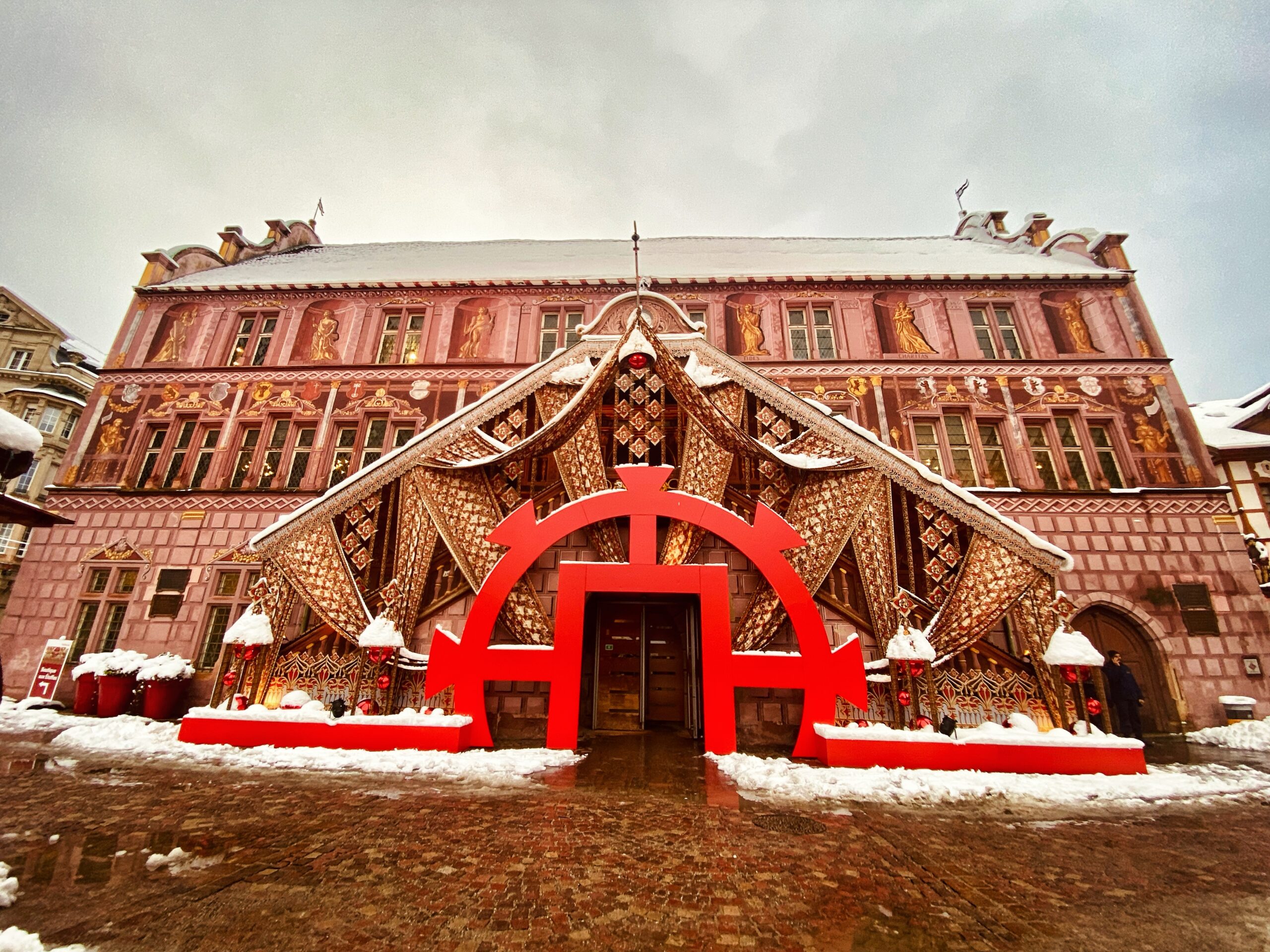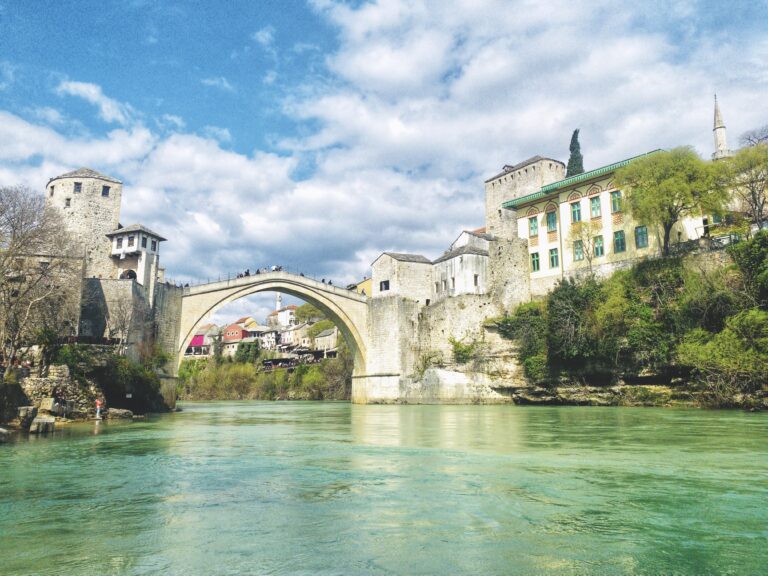Under The Radar France: Why Mulhouse is a great slow travel base!
Looking for a truly underrated and off-the-radar slow travel base in France? I give you: Mulhouse, Alsace.
I don’t even remember how Mulhouse appeared on my radar, except that it was probably during my search of the Alsace region for late November, and figuring out that it was the only city with accommodation within my budget (approximately $800 for a studio apartment for a month). So I did some research on the city, and found out there’s not a whole lot of information out there (especially in English), except for short term tourists to the region.
What I could glean, mostly from Reddit and Wikipedia, was that Mulhouse is best known historically as an industrial city – in the past, it was primarily the textile industry, but today moreso for automobiles and electronics. It didn’t have a great reputation compared to the rest of the region, but had been somewhat revitalized in recent years. The population of the city proper is slightly over 100,000. The city center is quite compact, but big enough to have a decent amount of commerce and activity.
Best day trips from Mulhouse
What made it seem particularly appealing to me was that it is close enough to the “big guns” of Alsace, like Colmar and Strasbourg, that you could easily visit them as a day trip. And it is a mere 30 minute regional train ride from Basel, Switzerland, and also very close to Freiburg, Germany, in the foothills of the Black Forest, although there is no direct train. You can get to Freiburg on Flixbus and come back the same day, however.
It was so easy to visit Basel for the day that I did it several times – online tickets could be as little as 3 Euros one way, depending on the time of day. Basel is teeming with museums, parks, some lovely architecture and a quirky vibe which feels completely different from Mulhouse, despite being a mere 30 minutes away. There’s a very cool large food hall (Markthalle) across the street from the train station, with a wide range of ethnic cuisine that is rarely found in western Europe. But prices of pretty much everything are significantly higher in Switzerland, and food is no exception, so bring snacks if you have a strict budget.

Additionally, it is very close to the Vosges mountains, with nature parks and hiking opportunities. A car would be best to properly explore the countryside, but Mulhouse has a tram/train which goes to the small town of Thann at the edge of the mountains (about 30 minutes away), where you can do some easy hikes like this one, to L’œil de la Sorcière, The Witch’s Eye

Things to do in Mulhouse
As for things to do in Mulhouse itself, it has a few surprisingly well regarded specialty museums. Most notable is the National Automobile Museum, or Cité de l’Automobile, which commonly appears on lists of the best auto museums in the world. Then there is the Railway Museum, Cité du Train – the largest railway museum in Europe, according to the Mulhouse office of tourism. Additionally, there are museums dedicated to electricity, textile printing, regional history and fine arts.
Mulhouse also has a zoo and botanical garden, and an old town which may not have as much charm and character as, say, Colmar or the smaller Alsatian villages, but it’s also far less touristy. There is some unique street art to explore, the neo-Gothic Saint Etienne Protestant Church which had an art show and offered concerts while I was there, and the beautiful former City Hall, which now holds the free Mulhouse historical museum.

Christmas Markets in Alsace
The Christmas markets were the primary reason I wanted to visit Alsace during late November/early December. This region is famous for its traditional foods, half-timbered buildings, and unique blend of German and French culture, which creates a very special holiday atmosphere.
I was very glad that I made my base in Mulhouse after seeing the huge crowds in Colmar, Strasbourg, and Basel. I realized that I was more a fan of cozy, laid-back vibes than I was of big commercialized markets with masses of people, overpriced food and drink, and stall after stall selling the same mass produced items. Mulhouse has its own market, which for me was just the right size. And it also offers something unique due to the city’s history of textile production. Every year, a Mulhouse designer creates a new exclusive fabric to decorate the Christmas market and create gift items sold at the Boutique aux Etoffes in the main square.
Food and Shopping
Although Mulhouse is not the most vibrant or cosmopolitan city, I found it had quite a decent variety of restaurants and cafes for its size: everything from rustic traditional Alsatian food, to French haute cuisine, to Argentinian, Peruvian, Thai, Lebanese and more. Being a budget traveler and avid cook, however, I ate mostly at home. There is a large E. LeClerc hypermarket adjacent to the city center, a Lidl, and a few smaller Carrefour Express shops which are more like a convenience store, but they carry all the basics and even open on Sundays when most other shops are closed. There’s a small shopping mall in the center as well, with a Monoprix and Primark. Further out from the center, using a car or public transportation, one can find other large supermarkets and big box type stores, but you can find just about everything you need in the center.
Mulhouse also has a covered market, the Marche du Canal Couvert, said to be the largest in eastern France, every Tuesday, Thursday, and Saturday, with an additional farmers’ market in front of it on Saturday. Like everywhere else in France, quality and freshness is highly valued here and you can easily create delicious meals with simple ingredients.
Is Mulhouse right for you? Pros and cons
This is not a late-night party city; it gets very quiet in the evening, which may not be for everyone. I liked it, personally. It felt very safe to walk around, during the day and at night. From my research, I understand that there are sketchier parts of town, but I can’t imagine anyone wandering into these areas by mistake. As a rule of thumb, I would recommend staying close to the center where virtually everything of interest is in walking distance, and you shouldn’t have any issues.
Mulhouse is a great option if you want to have an affordable base to explore a very beautiful region of France, with the ease of popping over the border to Switzerland or Germany for a day. In fact, the Basel-Mulhouse-Freiburg regional airport serves all three countries – I didn’t visit the airport (instead taking the high-speed train from Paris), but have read that it has different exits depending on the country you are visiting. How many airports have that feature?
Since Mulhouse is quite small and not very touristic, there is a limited supply of Airbnbs, especially at the lower end of the budget scale. If you are planning to visit during the Christmas market season, I would definitely try to book well in advance, since there are probably others like me who were looking for accommodation outside of the most popular cities in the region.
Would I go back to Mulhouse? Yes, I would. But I also have a huge list of other places I want to see in France, so it might be awhile before I revisit it. And I wouldn’t say it’s ideal for everyone – if you like a bustling, energetic, international city, then I would definitely recommend Strasbourg in the Alsace region (if you have the budget for it – from what I saw on Airbnb, similar rentals there would be about 200 Euros more per month). Mulhouse may not be particularly outstanding when one compares it to the more popular French destinations, but it is just an example of how it can pay to take a bit of a risk and go somewhere not already overrun by tourists or nomads. You can still find plenty to explore and get a completely different perspective on a country than just going to the usual “greatest hits” locations.




